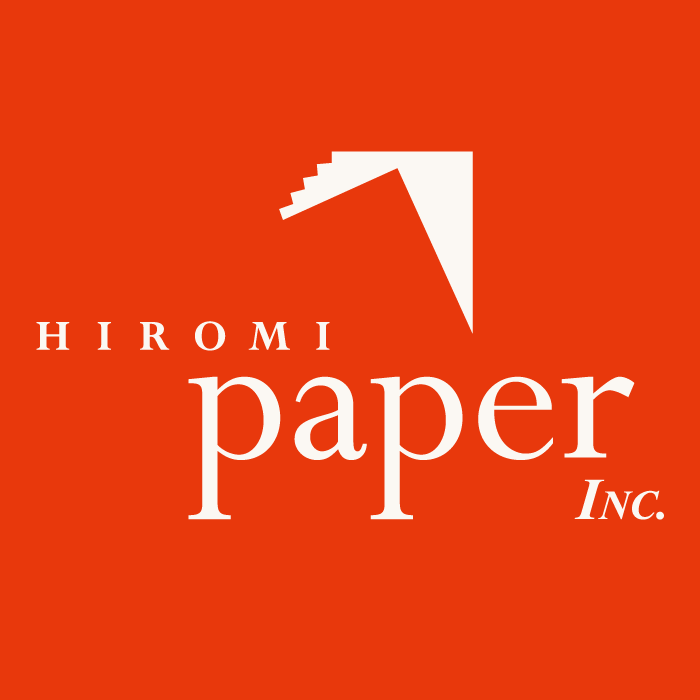What is the Difference Between Tafu and Shifu?
Tafu and Shifu are both woven cloth made from kozo. The difference is that tafu is made out of spun kozo fibers and for shofu, the kozo fibers are separated and made into paper, which is then cut into thin strips, spun into threads and woven. Long before the use of Washi, kozo and kaji-no-ki (a cultivated species of kozo from North Japan) were used to make tafu for clothing. In the beginning the word "tafu" referred only to fabrics made from the kozo bark and kaji but later it also included cloth made from hemp and wisteria. This primitive cloth was crude yet had a simplicity about it. The art of weaving and tafu probably developed at approximately the same time in ancient society.
The method of gathering the kozo and kaji bark for tafu is the same as the method used to gather the bark for papermaking. The bark is also cleaned in the same manner, however the fibers are kept intact and not separated into individual fibers like for papermaking.
The bark is separated lengthwise into thin strips for use. Long continuous fiber strands are most desired but such long straight stalks without branches are very scarce.
The cut stalks are put into a large container and steamed. After steaming, the stalks are placed in water to cool, then the bark is immediately removed from the stalk. The bark is cooked in an alkaline solution and rinsed in running water to soften.
The softened bark is stripped lengthwise in preparation for spinning. Any imperfections are removed by hand while trying to maintain as long a strand as possible. The bark is usually 2 to 3 meters in length. To join the pieces, the ends are overlapped and twisted together. As the thread is being prepared, the completed portion is gathered in a basket or other container to avoid getting tangled. It is said that, in the past, this work was usually kept nearby and done during any free moment.
The prepared strand is then tightly spun. The thread is soaked in water, the excess water slightly wrung out and then spun on a spinning wheel. The thread is dampened to make the fibers softer and easier to spin. The damp thread is then wound into a skein on a reel. Once the twist is set, the skein is removed and placed in a large pot and boiled with wood lye to soften. Sticks are inserted on either end of the skein and then two people will pull hard and twist the skein while rinsing it under running water to remove all traces of the alkali. Rice bran powder is sprinkled on the stretched skein and the skein is left to dry.
Once the thread is prepared, the next step is to prepare the loom. The desired length of the warp is calculated and a sample length is tied to the warping board. The thread is then wound around the pegs of the board until the desired number of warp threads have been measured. When weaving tafu, the weft is woven one thread at a time, it is not necessary that the weft be measured ahead of time, however the warp threads must be prepared according to the length and width of the finished fabric before the weaving can begin. The number and length of the warp thread depends on how wide and how long the fabric will be. Then each warp thread must be attached to the loom.
When weaving, one weft thread passes over and under alternate warp threads before the beater of the loom is pulled forward to push the weft thread in place. Then the warp threads reverse their order, and the weft thread is again passed over the warp threads and pushed into place by the beater. The process is quite simple, but very exhausting. To insure problem-free weaving, great care must be taken at every step of the preparation process, since any imperfections in the making of the thread, measuring the warp or dressing the loom will make weaving difficult.
While tafu is no longer practical for clothing, the process is continuing and new uses are being studied and pursued.
